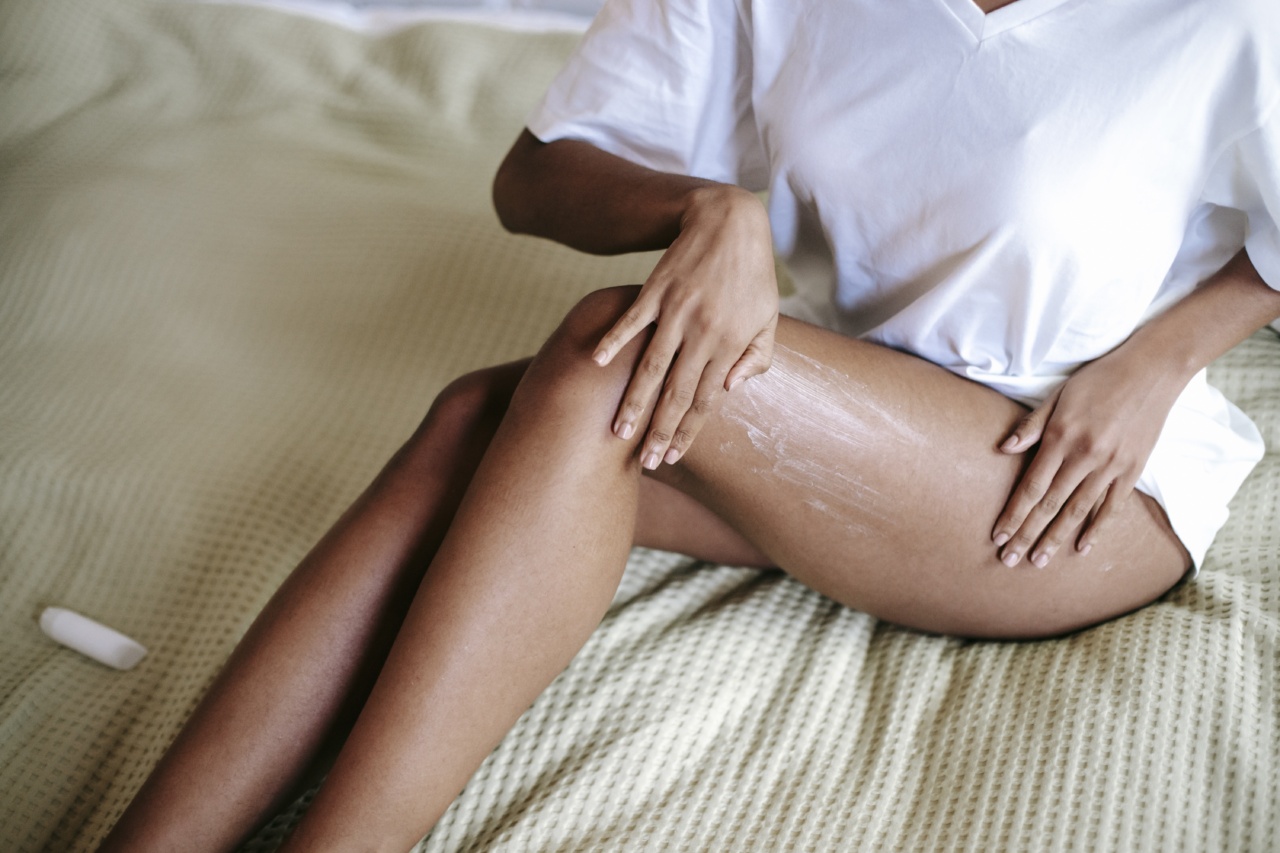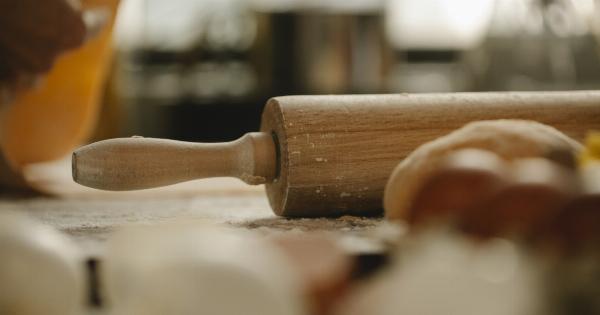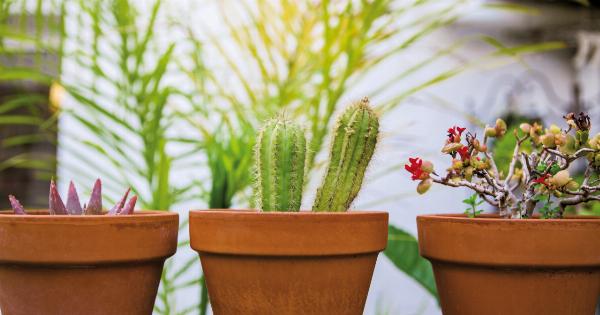Fungal infections are common, and they can affect different parts of your body including your nails, feet, and skin. One of the most common types of fungal infections is athlete’s foot, which affects the feet.
Fungal infections on the feet can be uncomfortable and unpleasant, but fortunately, there are several natural ways to treat them. In this article, we will discuss ten natural ways to treat fungi on the legs.
1. Tea Tree Oil
Tea tree oil is known for its ability to fight off infections. It has antifungal and antiseptic properties that can help treat fungal infections on the legs.
To use tea tree oil, mix a few drops with a carrier oil (such as coconut oil or olive oil) and apply it directly to the affected area. Repeat this twice daily for best results.
2. Apple Cider Vinegar
Apple cider vinegar is another natural remedy that can help treat fungal infections. Its antifungal properties can help kill the fungi that cause the infection.
To use apple cider vinegar, mix equal parts of it with water and apply it to the affected area with a cotton ball. Repeat this several times per day until the infection clears up.
3. Garlic
Garlic is well-known for its antibacterial and antifungal properties. Incorporating garlic into your diet or applying it topically can help treat fungal infections. Crush a few garlic cloves and mix them with coconut oil to create a paste.
Apply the paste to the affected area and leave it on for 30 minutes before rinsing it off. Repeat this twice daily until the infection clears up.
4. Aloe Vera
Aloe vera has antifungal properties that can help treat fungal infections on the legs. Applying aloe vera gel directly to the affected area can help soothe the skin and reduce inflammation. Repeat this several times per day until the symptoms subside.
5. Oregano Oil
Oregano oil contains a compound called carvacrol that has antifungal properties. Applying oregano oil (mixed with a carrier oil) to the affected area can help treat fungal infections on the legs. Repeat this twice daily for best results.
6. Coconut Oil
Coconut oil has antifungal properties that can help fight off fungal infections. Applying coconut oil directly to the affected area can help soothe the skin and reduce inflammation. Repeat this several times per day until the infection clears up.
7. Epsom Salt
Epsom salt is a natural remedy that can help treat fungal infections on the legs. It has antifungal properties that can help kill the fungi that cause the infection.
To use Epsom salt, mix it with warm water and soak your feet in the solution for 15-20 minutes. Repeat this daily until the infection clears up.
8. Lemongrass Oil
Lemongrass oil has antifungal properties that can help treat fungal infections on the legs. Applying lemongrass oil (mixed with a carrier oil) to the affected area can help reduce inflammation and soothe the skin.
Repeat this twice daily for best results.
9. Baking Soda
Baking soda has antifungal properties that can help treat fungal infections on the legs. Applying baking soda directly to the affected area can help soothe the skin and reduce inflammation.
Mix baking soda with water to create a paste and apply it to the affected area. Leave the paste on for 30 minutes before rinsing it off. Repeat this twice daily until the infection clears up.
10. Neem Oil
Neem oil is known for its antibacterial and antifungal properties. Applying neem oil (mixed with a carrier oil) to the affected area can help treat fungal infections on the legs. Repeat this twice daily for best results.






























